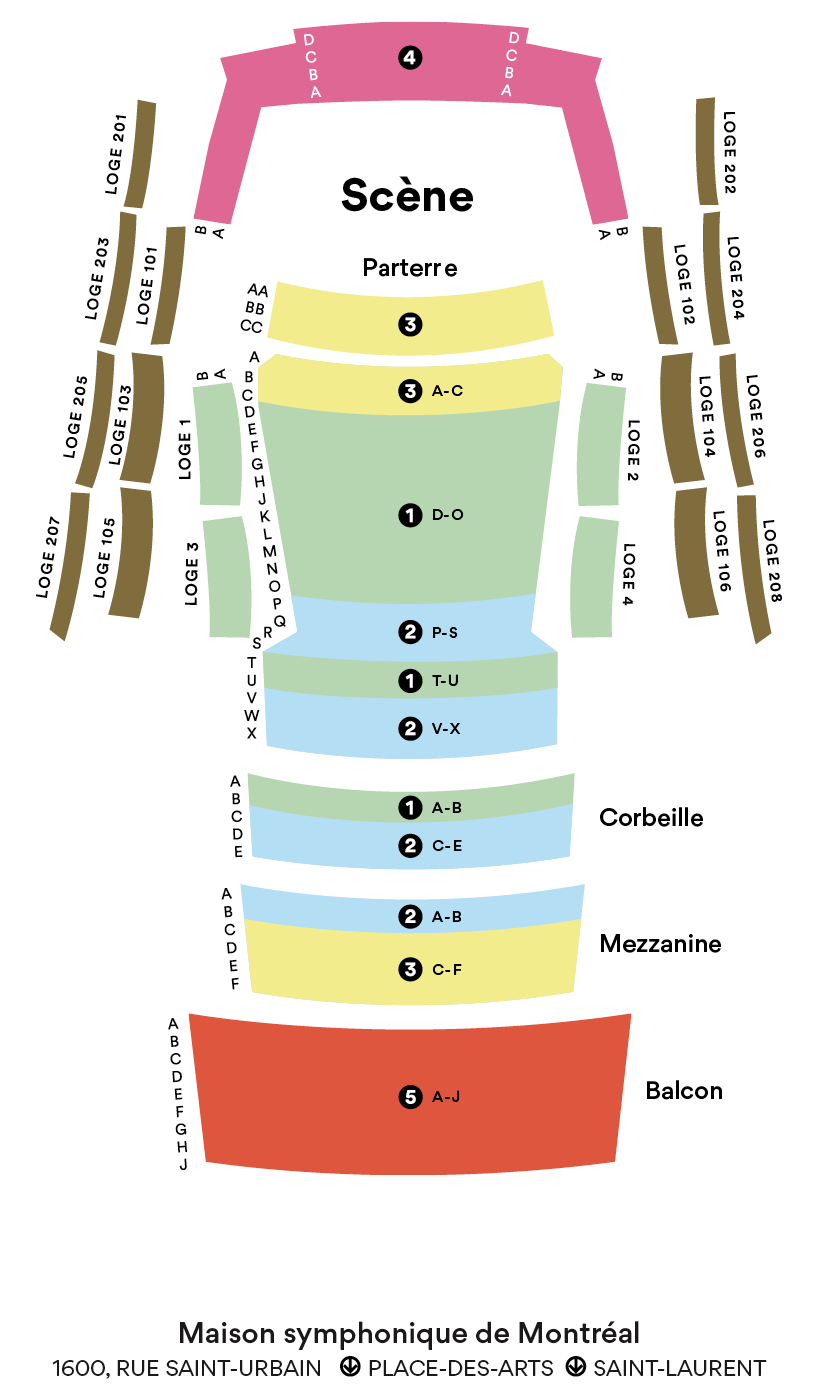Aile du songe , Concerto for flute (Maison symphonique only)
Saariaho
Born 1952
Co-commissioned in 2001 by the Festival van Vlaanderen, the Finnish Broadcasting Corporation, and the London Philharmonic Orchestra, Aile du songe for flute and orchestra by Kaija Saariaho (1952–2023) was inspired by a collection of poems by Saint-John Perse titled Oiseaux. The composer explained that, “In these poems, Saint-John Perse did not describe the singing of birds. He rather speaks of their flight and uses the rich metaphor of birds to describe life’s mysteries through an abstract and multidimensional language.”
“I have been very familiar with the flute since my earliest pieces. I like the sound in which breathing is ever-present and with timbral possibilities that befit my musical language: the instrument’s body makes it possible to write phrases that go through grinding textures, coloured with phonemes whispered by the flautist, which gradually go towards pure and smooth sounds.” — Kaija Saariaho
Aile du songe comprises two parts, “Aérienne” and “Terrestre.” The first part is divided into three sections, and the second part, into two. As the composer explains in the preface to the work, published by Chester Music:
“In Prélude, the flute gradually pervades space and generates the orchestra’s music. In Jardin des oiseaux, the flute interacts with individual instruments of the orchestra, while D’autres rives compares the flute to a lone, high-flying bird whose shadow forms different images played by the strings over the unchanged landscape of the harp, celesta, and percussion.”
“The first section of ‘Terrestre,’ titled Oiseau dansant, introduces a deep contrast with the other material of the concerto. It refers to an Aboriginal tale in which a virtuosic dancing bird teaches a whole village how to dance. While writing this section, I was especially thinking of Camilla Hoitenga and her personality as a flautist. The finale—Oiseau, un satellite infime—is a synthesis of all the previous aspects, then the sound of the flute slowly fades away.”
